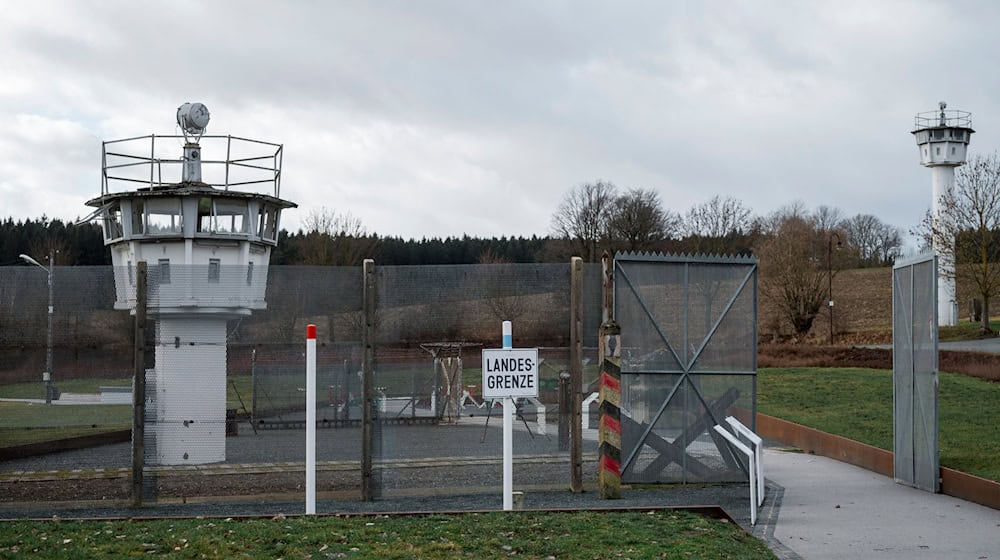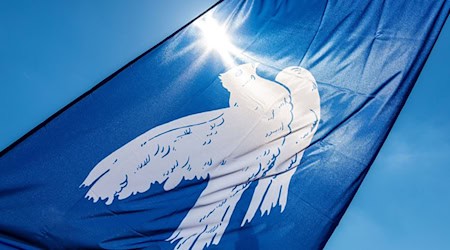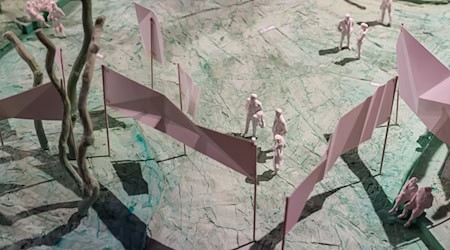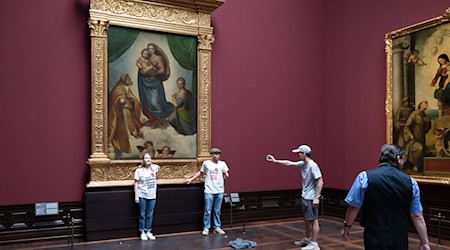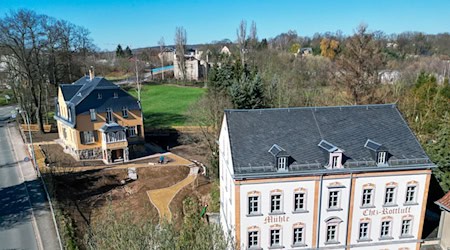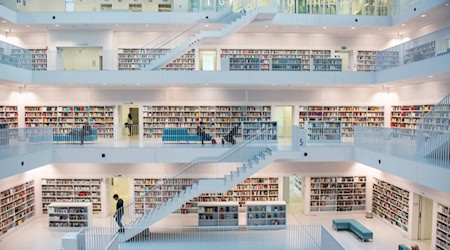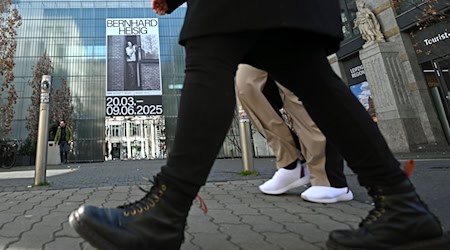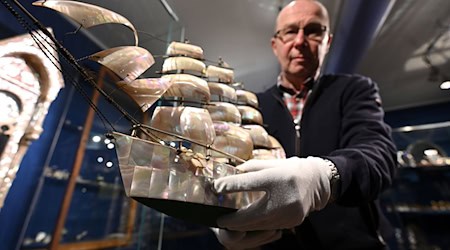The expansion of the German-German Museum in the village of Mödlareuth on the Bavarian-Thuringian border is progressing. The shell and timber construction work on the new museum building is almost complete, said a spokeswoman for the Hof district administration. Roofing and plumbing work is currently being carried out, building services and power lines are being installed and pipes for water and sewage are being laid.
The new building is the second construction phase of the expansion of the museum on the former border between West Germany and East Germany. The redesign of the outdoor area was already completed in 2023. "The construction work is still on schedule, so we expect it to open next year," said the spokesperson for the district authority.
Memorial to the division
The Mödlareuth Museum is a memorial to the division of Germany after the Second World War. The former border ran right through the middle of the small village, which was divided by a wall. This is why Mödlareuth gained international fame as "Little Berlin". The village belongs partly to the municipality of Töpen in the district of Hof in Upper Franconia and partly to the town of Gefell in the Saale-Orla district of Thuringia. The museum was founded in 1990 shortly after the partial demolition of the Wall.
The new building was urgently needed as the number of visitors to the German-German Museum Mödlareuth has risen significantly in recent years, said the spokeswoman for the Hof district administration: "The museum currently has between 70,000 and 90,000 visitors a year from all over the world. In the early days, we were expecting around 20,000 visitors per year."
According to the authority, the new building will create an additional 500 square meters of new permanent exhibition space on a total of 1,350 square meters of floor space. There will also be additional rooms for visitor support and temporary exhibitions. The museum's extensive archive material will also be presented in the new premises.
Total costs of €22 million
"The German-German Museum is very close to our hearts. Mödlareuth is a place of national importance," said Hof District Administrator Oliver Bär (CSU) on the expansion of the museum. "We want to do justice to this significance with these measures and help the museum to become even more visible."
The total construction costs are estimated at 22 million euros. The federal government and the Free State of Bavaria have each approved grants of 5.6 million euros, while the Free State of Thuringia has contributed 800,000 euros for the outdoor area on the Thuringian side. The Upper Franconia Foundation is funding the expansion with a total of 4.2 million euros, with a further 500,000 euros coming from the Bavarian State Foundation.
Copyright 2024, dpa (www.dpa.de). All rights reserved

